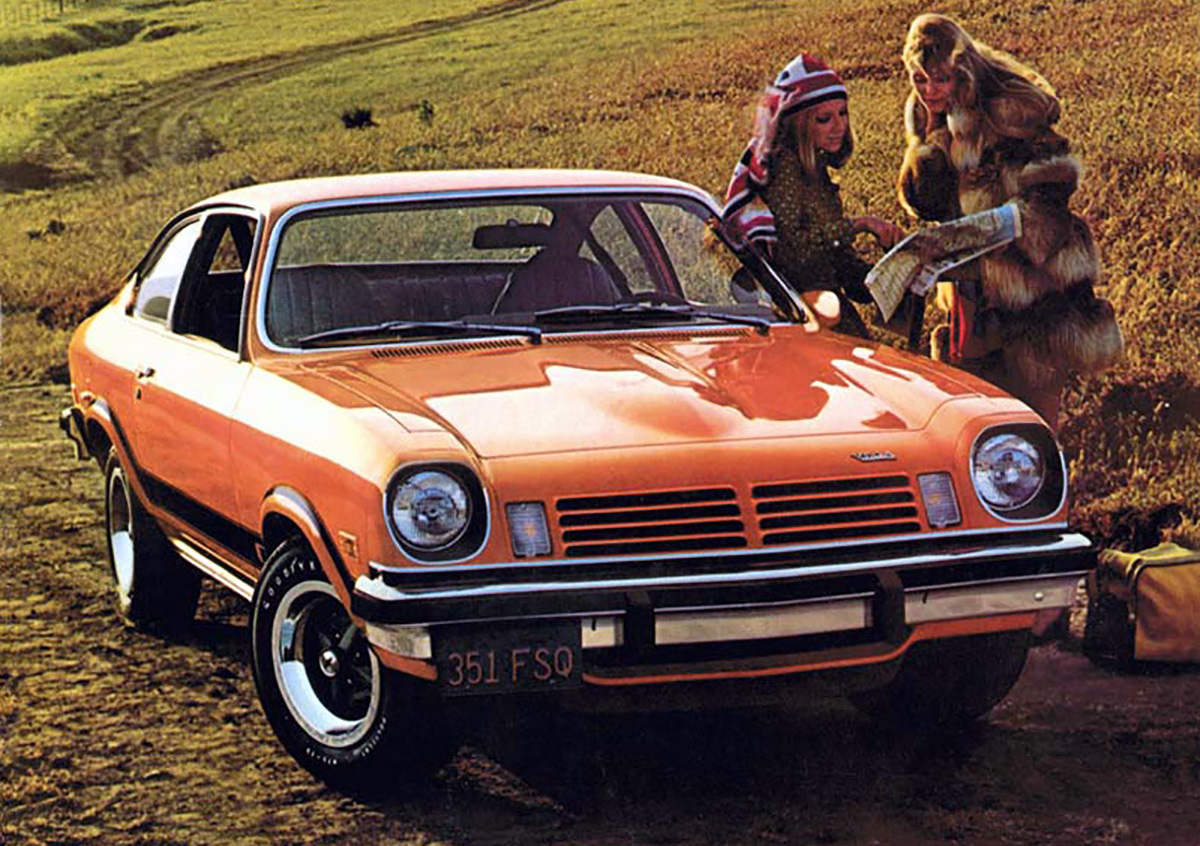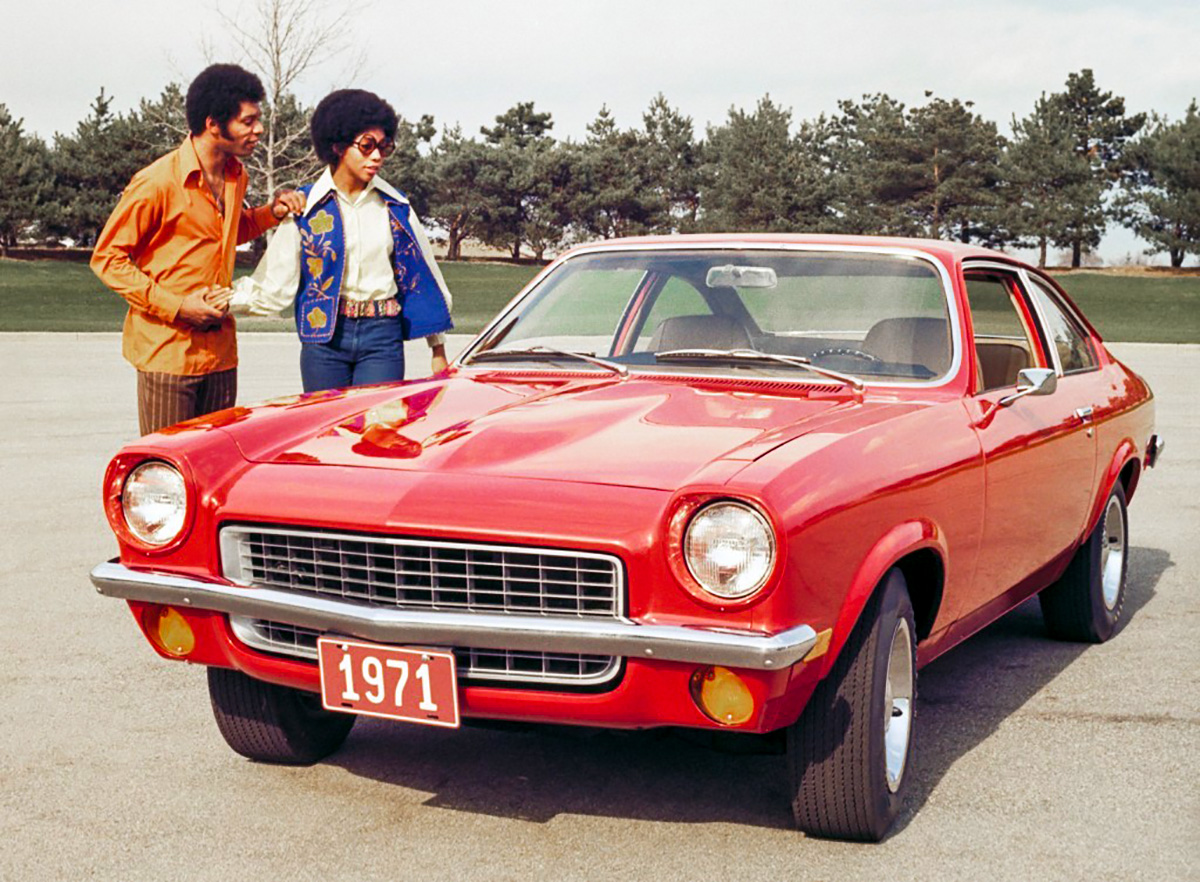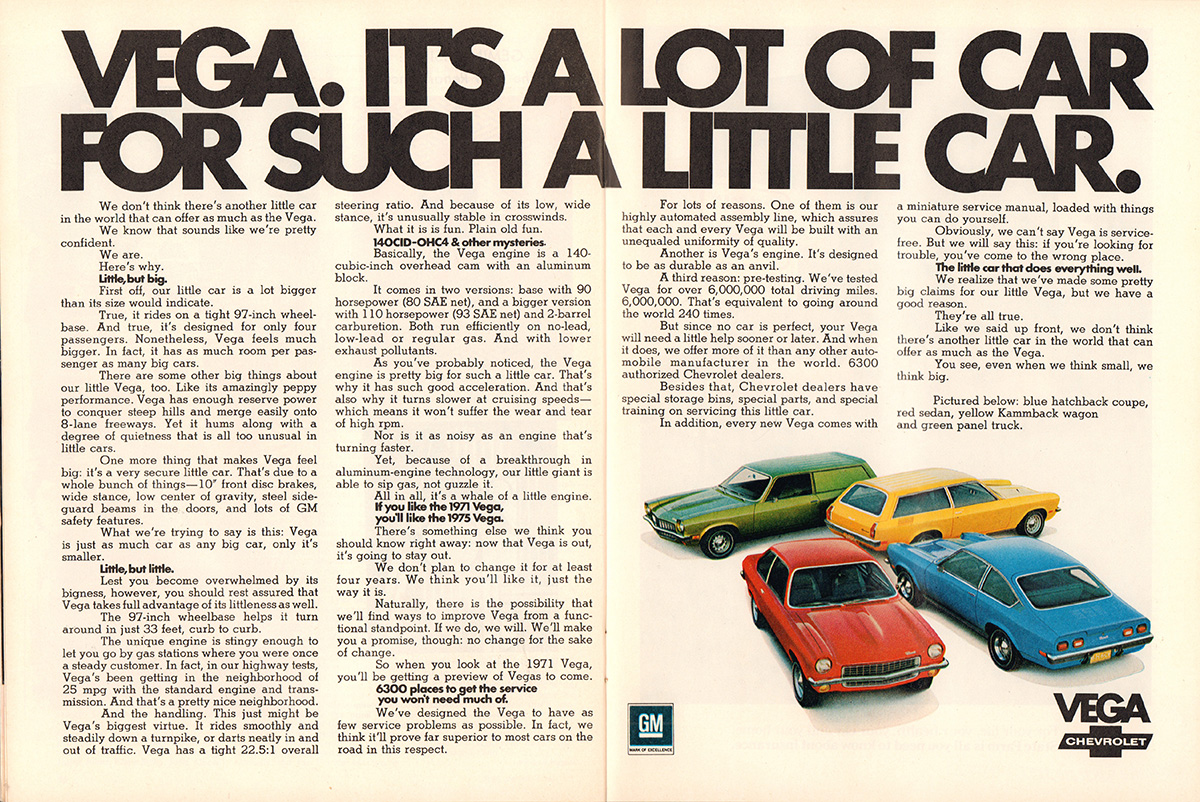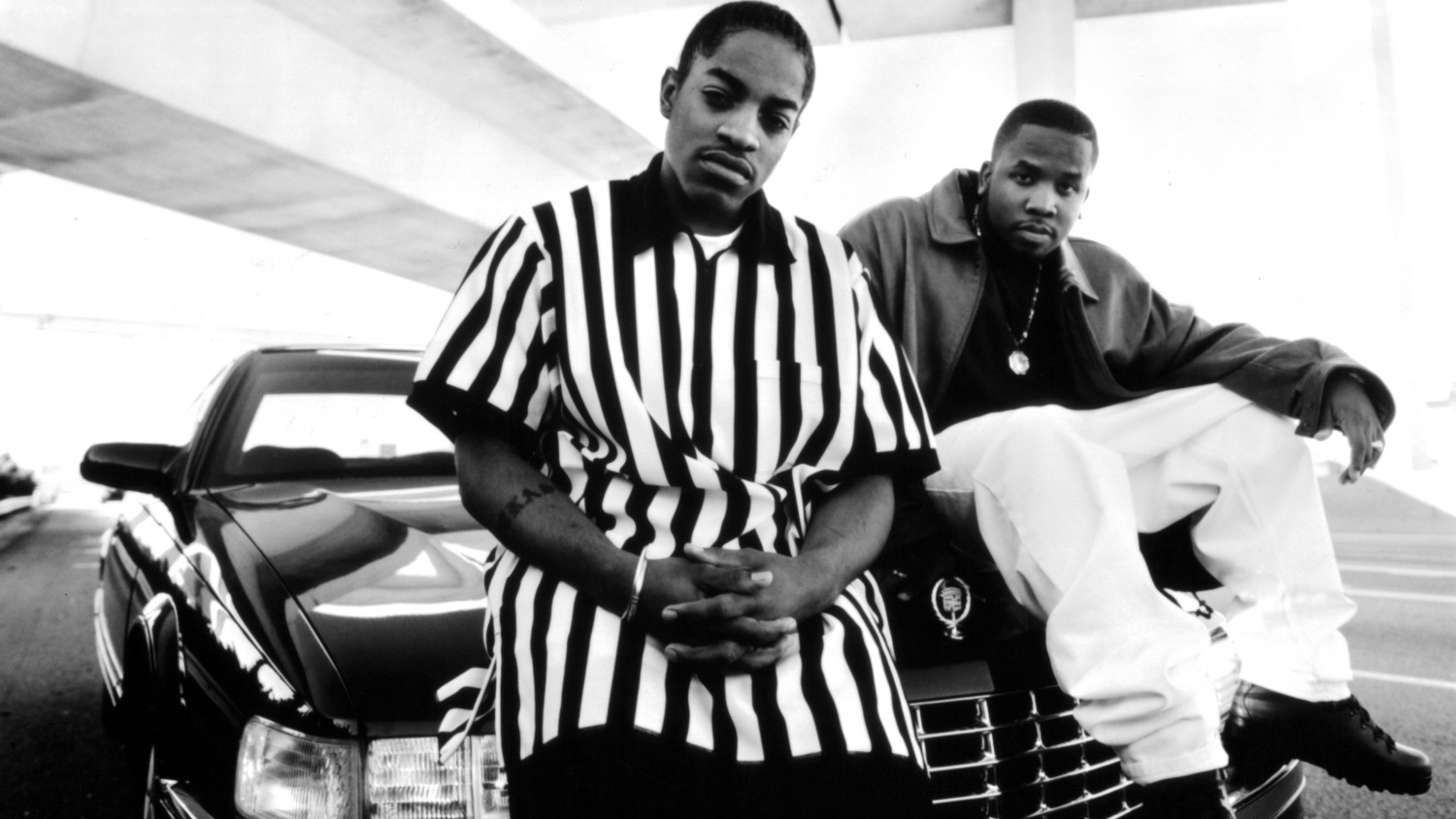Thursday CarTunes: Suzanne/Chevy Vega

The Artist
Yes, that is her real name. And no, she wasn’t named after the four-seat, two-door compact hatchback from Chevrolet. It was introduced 21 years after she was born.
Suzanne Vega was born in California in 1959 and moved to New York with her mother and stepfather, Edgardo Vega Yunqué (aka Ed Vega), a novelist and short story writer in the early 1960s. She attended the High School of Performing Arts (of Fame fame) where she studied dance. She began playing guitar at age 11 and influenced by her stepfather, started writing songs as a teenager.
After receiving a degree in English literature at Barnard College, she worked as a receptionist and worked her way into the Songwriters Exchange in Greenwich Village in the late 1970s. It was there she found her voice, honed the skills, and learned the persistence that after receiving multiple rejections earned her a record deal at the age of 25. Much to her record company’s surprise, Vegas self-titled debut album sold over 1,000,000 copies. The song Marlene On The Wall got regular airplay on MTV (remember when they played music?) and was named one of the 100 best records of the 1980s by Rolling Stone Magazine.
It was her second album, however, that shot her to stardom. The song Luka rose all the way to #3 on the Billboard Hot 100 chart. The lyrics showcase her penchant for storytelling, literary background, and ability to create believable characters.
Suzanne Vega went on to produce seven more albums, including her latest which features songs from the play she co-wrote with Duncan Shiek and starred in, Carson McCullers Talks About Love. After finishing a residency at the Carlylse Hotel in Manhattan, she is currently on tour appearing in New England, Canada, the UK, and Italy in the coming months.

The Car
Debuting in the fall of 1970 as a 1971 model, the Chevrolet Vega was extremely popular partly due to its low base price, $2090, its sporty styling, and almost European handling characteristics. Designed to compete with the VW Beetle and Ford Pinto, at its peak it sold over 460,000 units in 1974. The Vega received favorable reviews from the automotive press. Road & Track summed up their test of the new car this way, “As a final observation, I think the Vega is beyond a doubt the best handling passenger car ever built in the U.S. It has many other good qualities, but the roadholding impressed and surprised me most of all.” It was also awarded Motor Trend’s Car of the Year.

But the glory was short lived as the Vega was plagued by quality problems that ended up costing General Motors tens of millions of dollars in warranty claims. The bodies rusted quickly thanks to a badly designed process that left several areas of the car including the fenders, rocker panel and area just below the windshield. The 1.3 liter four-cylinder engine would fare no better than the body. In addition to shaking like the San Francisco earthquake, it was the subject of two recalls, one for backfiring and another for a faulty part in the emission control system that could result in the throttle being stuck open. The engine also had faulty valve stems that caused excessive oil burning. This problem wasn’t addressed until Chevy introduced the “Dura Built” in 1976, the car’s penultimate model year.
Another major design failure was the cooling system which allowed coolant to evaporate quickly and when coupled with the excessive oil consumption meant it was prone to overheating. The aluminum block would then become distorted allowing anti-freeze to seep into the cylinders wreaking a whole lot of havoc.
In the end, the problems were too great to be fixed and the Vega’s reputation was seen as unredeemable. General Motors killed it after the 1977 model year, replacing it with the marginally better Chevy Chevette. If not for its quality problems, the Vega could have been a Corolla killer and stunted Toyota’s growth early on. Production quality, however, was a lesson GM didn’t really learn until the 1990s, losing generations of car buyers while their market share tumbled from just under 50% in 1976 to around 17% today.



